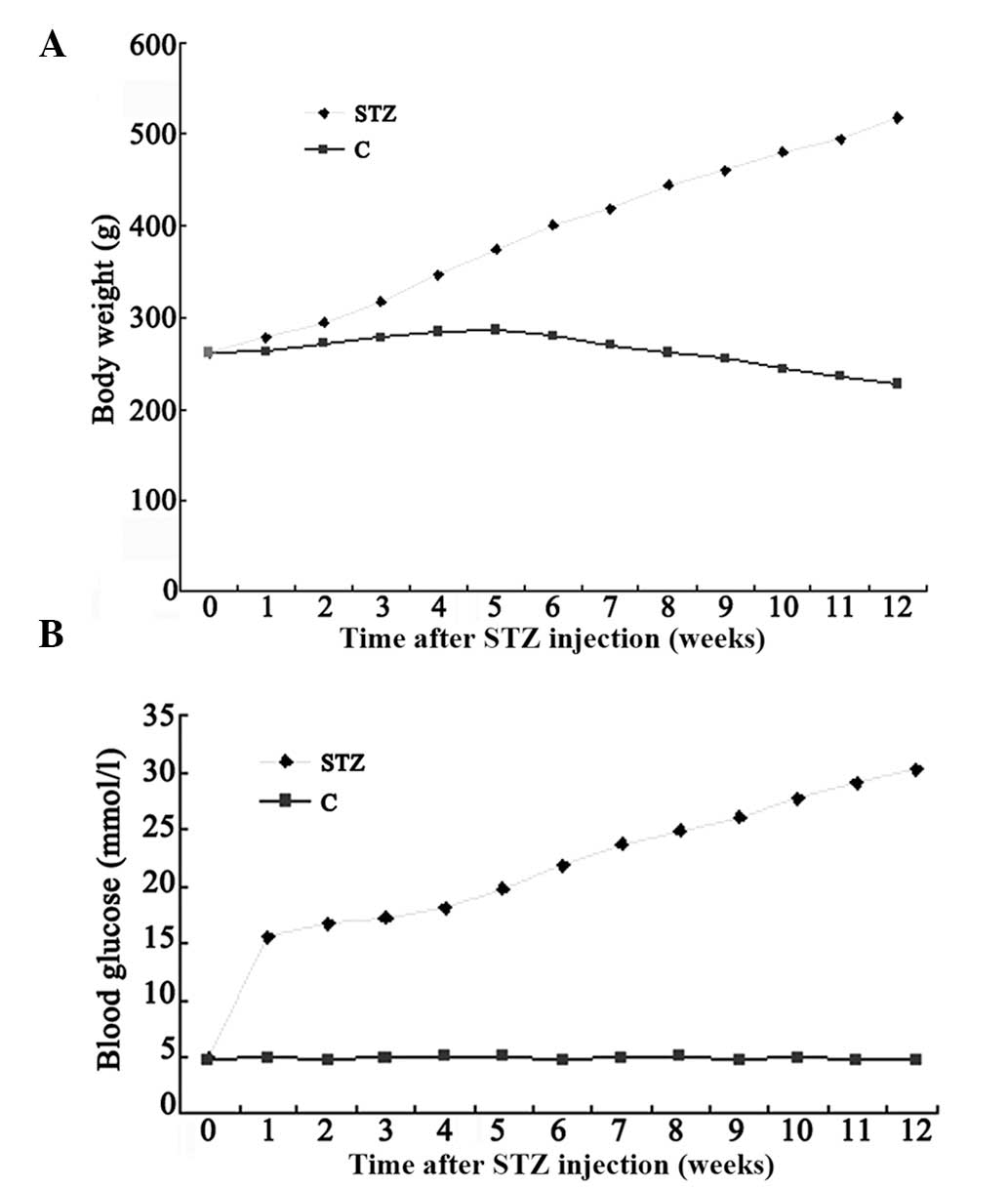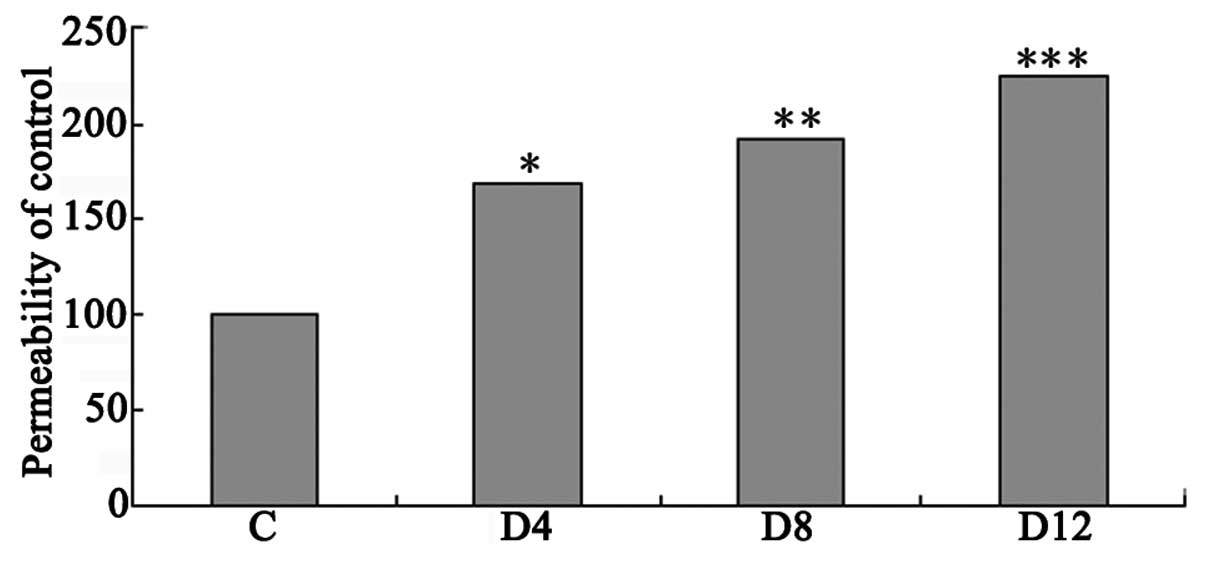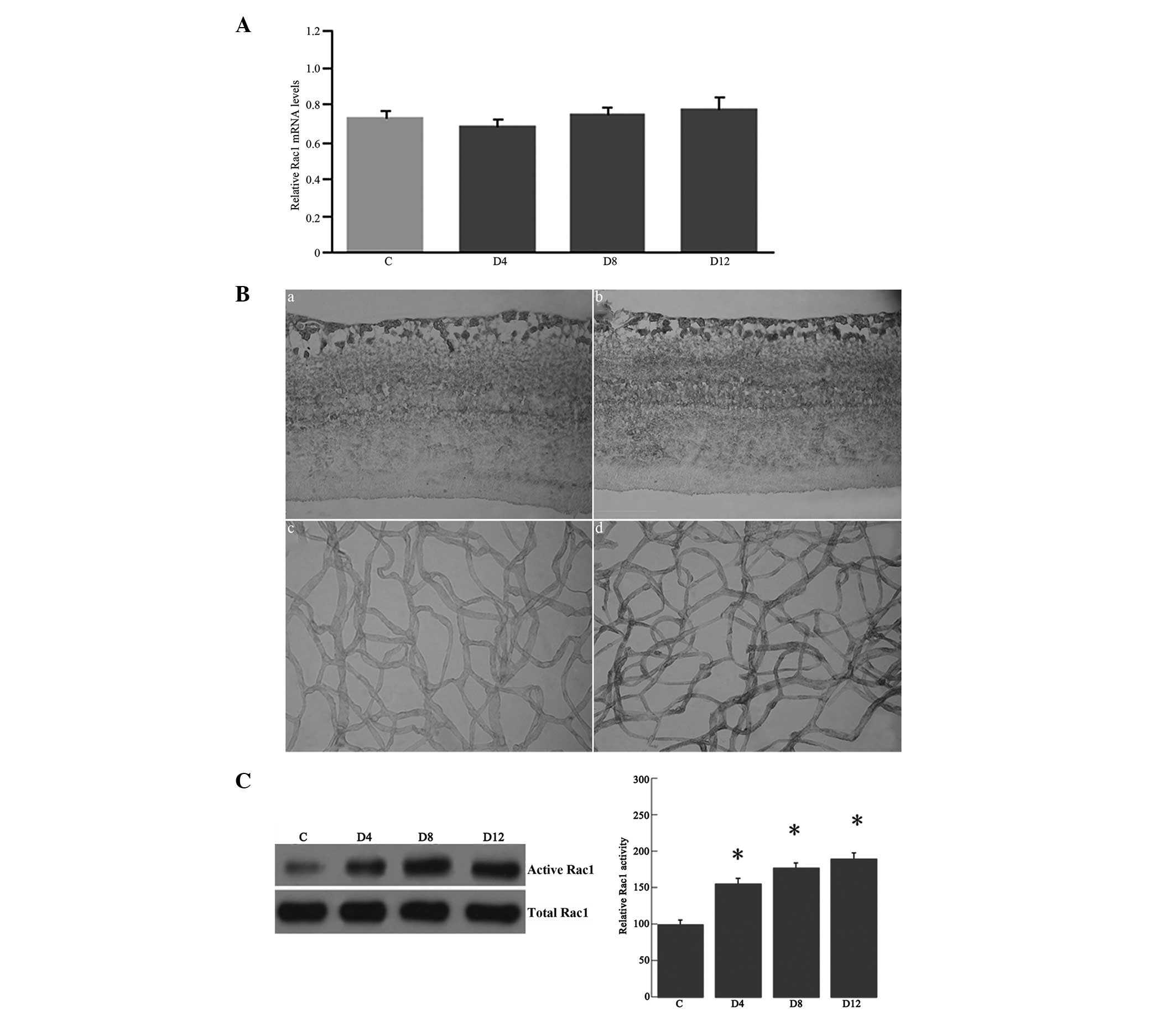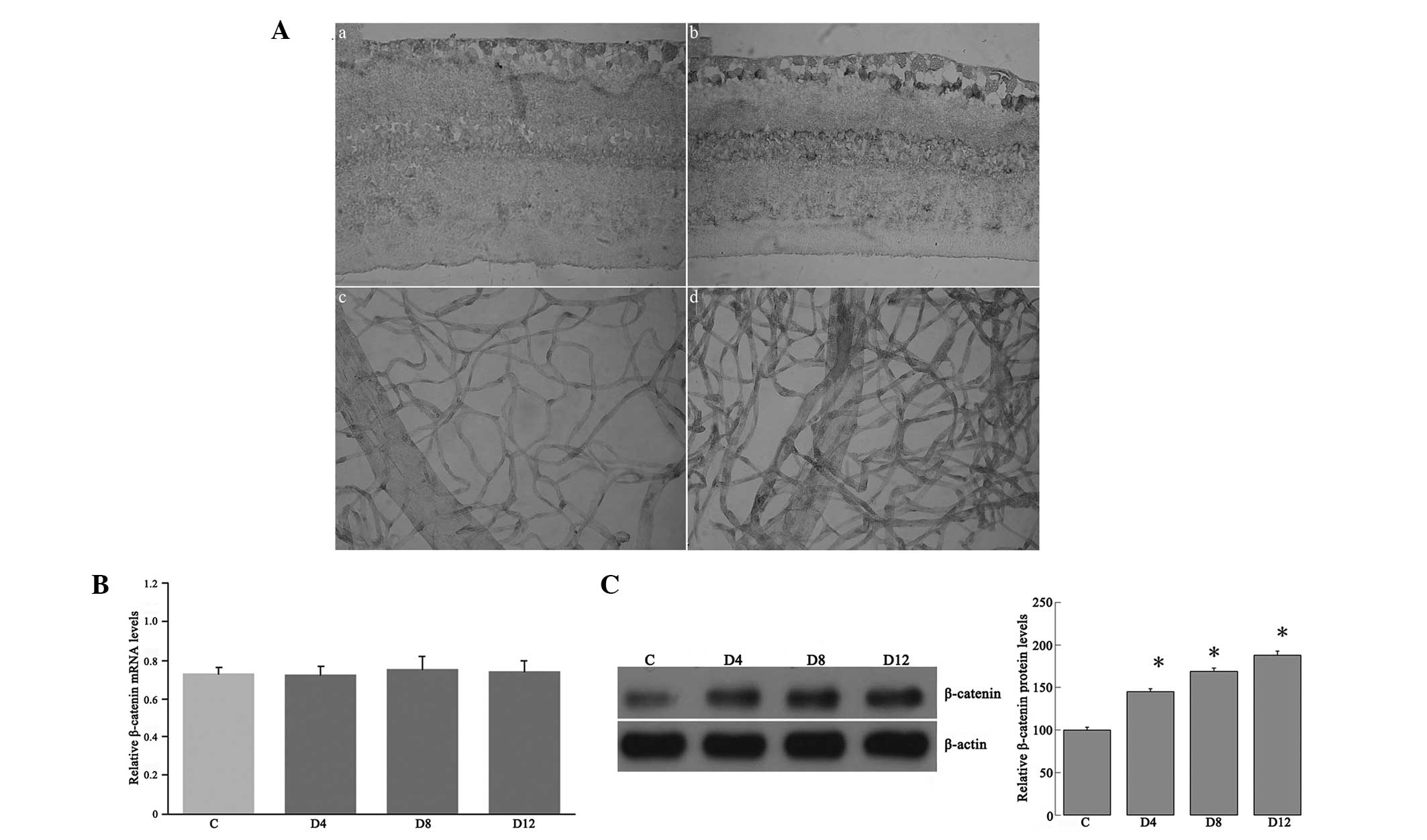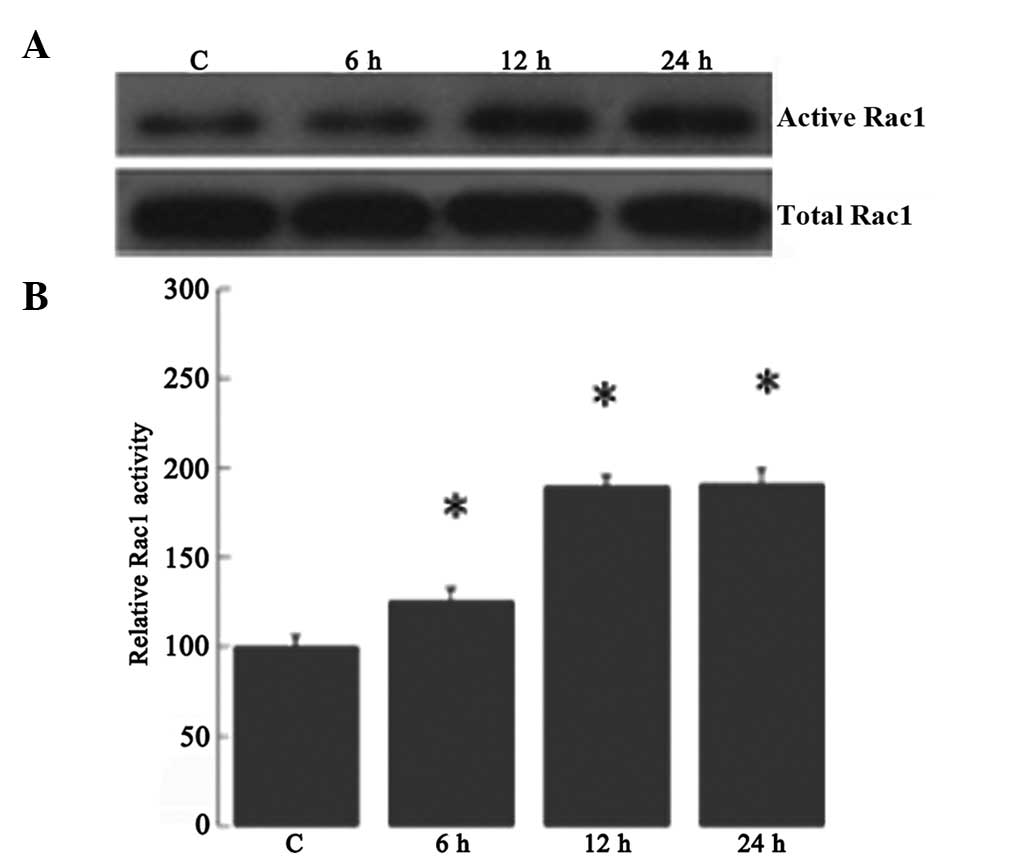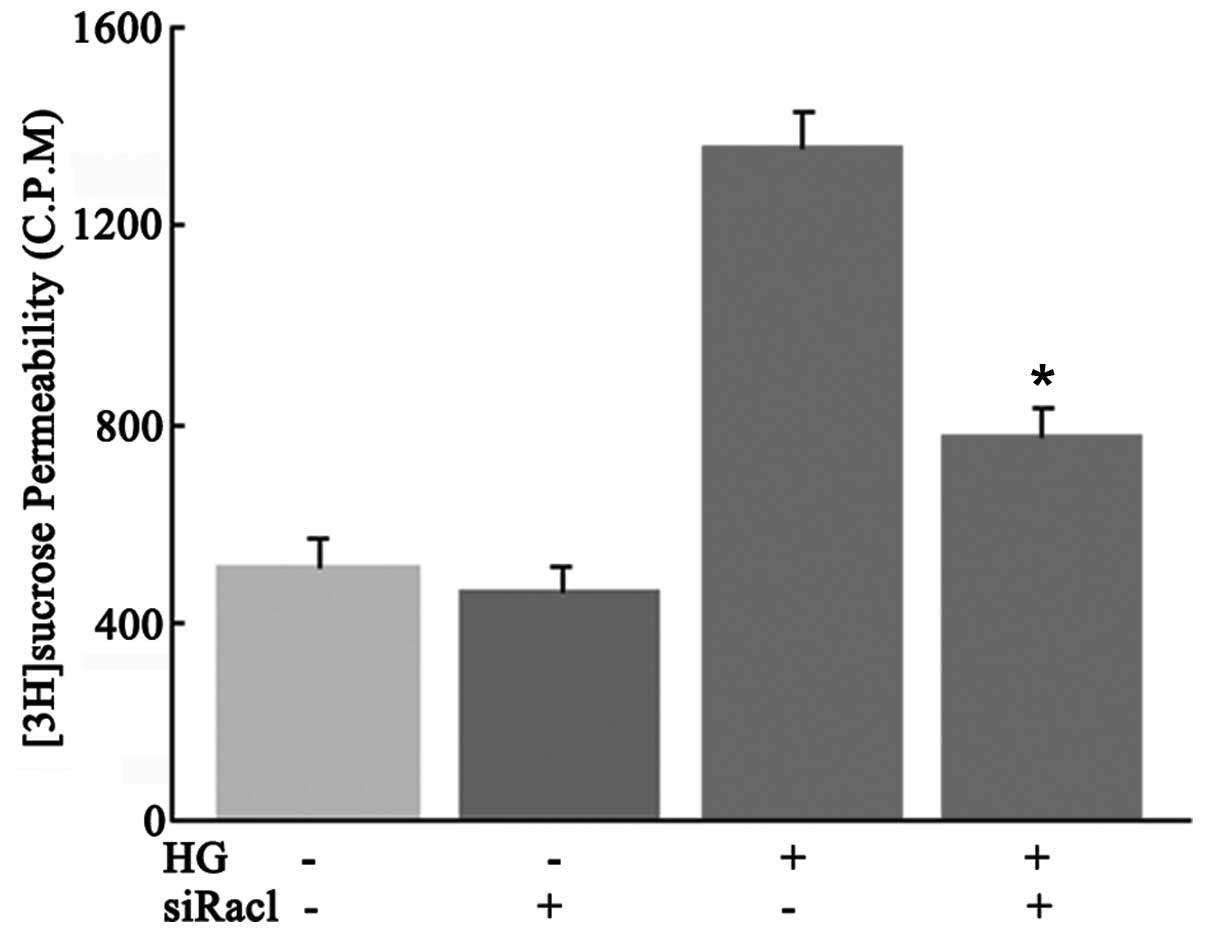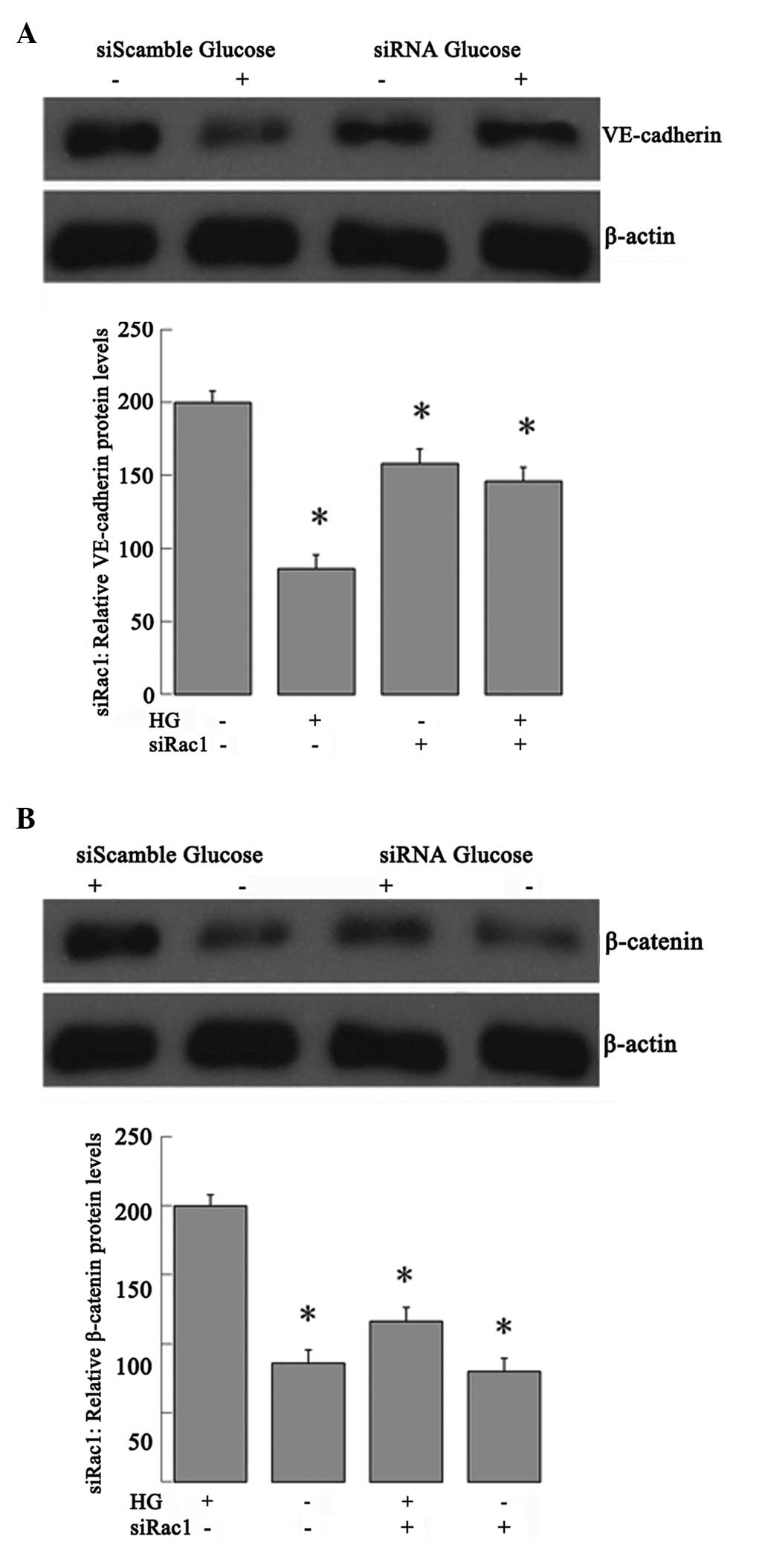|
1
|
Nelson WJ: Adaptation of core mechanisms
to generate cell polarity. Nature. 422:766–774. 2003. View Article : Google Scholar : PubMed/NCBI
|
|
2
|
Corada M, Mariotti M, Thurston G, et al:
Vascular endothelial-cadherin is an important determinant of
microvascular integrity in vivo. Proc Natl Acad Sci USA.
96:9815–9820. 1999. View Article : Google Scholar : PubMed/NCBI
|
|
3
|
May C, Doody JF, Abdullah R, et al:
Identification of a transiently exposed VE-cadherin epitope that
allows for specific targeting of an antibody to the tumor
neovasculature. Blood. 105:4337–4344. 2005. View Article : Google Scholar : PubMed/NCBI
|
|
4
|
Weis WI and Nelson WJ: Re-solving the
cadherin-catenin-actin conundrum. J Biol Chem. 281:35593–35597.
2006. View Article : Google Scholar : PubMed/NCBI
|
|
5
|
Potter MD, Barbero S and Cheresh DA:
Tyrosine phosphorylation of VE-cadherin prevents binding of p120-
and beta-catenin and maintains the cellular mesenchymal state. J
Biol Chem. 280:31906–31912. 2005. View Article : Google Scholar : PubMed/NCBI
|
|
6
|
Gumbiner BM: Regulation of
cadherin-mediated adhesion in morphogenesis. Nat Rev Mol Cell Biol.
6:622–634. 2005. View
Article : Google Scholar : PubMed/NCBI
|
|
7
|
Hall A: Rho GTPases and the control of
cell behaviour. Biochem Soc Trans. 33:891–895. 2005. View Article : Google Scholar : PubMed/NCBI
|
|
8
|
Ehrlich JS, Hansen MD and Nelson WJ:
Spatio-temporal regulation of Rac1 localization and lamellipodia
dynamics during epithelial cell-cell adhesion. Dev Cell. 3:259–270.
2002. View Article : Google Scholar : PubMed/NCBI
|
|
9
|
van Wetering S, van Buul JD, Quik S, et
al: Reactive oxygen species mediate Rac-induced loss of cell-cell
adhesion in primary human endothelial cells. J Cell Sci.
115:1837–1846. 2002.PubMed/NCBI
|
|
10
|
Hage B, Meinel K, Baum I, Giehl K and
Menke A: Rac1 activation inhibits E-cadherin-mediated adherens
junctions via binding to IQGAP1 in pancreatic carcinoma cells. Cell
Commun Signal. 7:232009. View Article : Google Scholar : PubMed/NCBI
|
|
11
|
Monaghan-Benson E and Burridge K: The
regulation of vascular endothelial growth factor-induced
microvascular permeability requires Rac and reactive oxygen
species. J Biol Chem. 284:25602–25611. 2009. View Article : Google Scholar : PubMed/NCBI
|
|
12
|
Wu X, Tu X, Joeng KS, et al: Rac1
activation controls nuclear localization of beta-catenin during
canonical Wnt signaling. Cell. 133:340–353. 2008. View Article : Google Scholar : PubMed/NCBI
|
|
13
|
Xu Q, Qaum T and Adamis AP: Sensitive
blood-retinal barrier breakdown quantitation using Evans blue.
Invest Ophthalmol Vis Sci. 42:789–794. 2001.PubMed/NCBI
|
|
14
|
Gao G, Shao C, Zhang SX, et al:
Kallikrein-binding protein inhibits retinal neovascularization and
decreases vascular leakage. Diabetologia. 46:689–698.
2003.PubMed/NCBI
|
|
15
|
Boeri D, Cagliero E, Podestá F and Lorenzi
M: Vascular wall von Willebrand factor in human diabetic
retinopathy. Invest Ophthalmol Vis Sci. 35:600–607. 1994.PubMed/NCBI
|
|
16
|
Lecomte M, Paget C, Ruggiero D,
Wiernsperger N and Lagarde M: Docosahexaenoic acid is a major n-3
polyunsaturated fatty acid in bovine retinal microvessels. J
Neurochem. 66:2160–2167. 1996. View Article : Google Scholar : PubMed/NCBI
|
|
17
|
Elbashir SM, Harborth J, Lendeckel W, et
al: Duplexes of 21-nucleotide RNAs mediate RNA interference in
cultured mammalian cells. Nature. 411:494–498. 2001. View Article : Google Scholar : PubMed/NCBI
|
|
18
|
Kim JH, Kim JH, Jun HO, Yu YS and Kim KW:
Inhibition of protein kinase C delta attenuates blood-retinal
barrier breakdown in diabetic retinopathy. Am J Pathol.
176:1517–1524. 2010. View Article : Google Scholar : PubMed/NCBI
|
|
19
|
Sander EE, van Delft S, ten Klooster JP,
et al: Matrix-dependent Tiam1/Rac signaling in epithelial cells
promotes either cell-cell adhesion or cell migration and is
regulated by phosphatidylinositol 3-kinase. J Cell Biol.
143:1385–1398. 1998. View Article : Google Scholar : PubMed/NCBI
|
|
20
|
Do carmo A, Ramos P, Reis A, Proença R and
Cunha-vaz JG: Breakdown of the inner and outer blood retinal
barrier in streptozotocin-induced diabetes. Exp Eye Res.
67:569–575. 1998. View Article : Google Scholar
|
|
21
|
Moldovan L, Moldovan NI, Sohn RH, Parikh
SA and Goldschmidt-Clermont PJ: Redox changes of cultured
endothelial cells and actin dynamics. Circ Res. 86:549–557. 2000.
View Article : Google Scholar : PubMed/NCBI
|
|
22
|
Peterson LJ, Wittchen ES, Geisen P,
Burridge K and Hartnett ME: Heterotypic RPE-choroidal endothelial
cell contact increases choroidal endothelial cell transmigration
via PI 3-kinase and Rac1. Exp Eye Res. 84:737–744. 2007. View Article : Google Scholar : PubMed/NCBI
|
|
23
|
Wójciak-Stothard B, Potempa S, Eichholtz T
and Ridley AJ: Rho and Rac but not Cdc42 regulate endothelial cell
permeability. J Cell Sci. 114:1343–1355. 2001.PubMed/NCBI
|
|
24
|
Braga VM, Del Maschio A, Machesky L and
Dejana E: Regulation of cadherin function by Rho and Rac:
modulation by junction maturation and cellular context. Mol Biol
Cell. 10:9–22. 1999. View Article : Google Scholar : PubMed/NCBI
|
|
25
|
Gavard J and Gutkind JS: VEGF controls
endothelial-cell permeability by promoting the
beta-arrestin-dependent endocytosis of VE-cadherin. Nat Cell Biol.
8:1223–1234. 2006. View
Article : Google Scholar : PubMed/NCBI
|
|
26
|
Stockton RA, Schaefer E and Schwartz MA:
p21-activated kinase regulates endothelial permeability through
modulation of contractility. J Biol Chem. 279:46621–46630. 2004.
View Article : Google Scholar : PubMed/NCBI
|
|
27
|
Zhang XZ, Huang X, Qiao JH, Zhang JJ and
Zhang MX: Inhibition of hypoxia-induced retinal neovascularization
in mice with short hairpin RNA targeting Rac1, possibly via
blockading redox signaling. Exp Eye Res. 92:473–481. 2011.
View Article : Google Scholar : PubMed/NCBI
|
|
28
|
Navaratna D, McGuire PG, Menicucci G and
Das A: Proteolytic degradation of VE-cadherin alters the
blood-retinal barrier in diabetes. Diabetes. 56:2380–2387. 2007.
View Article : Google Scholar : PubMed/NCBI
|
|
29
|
Chen Y, Hu Y, Zhou T, et al: Activation of
the Wnt pathway plays a pathogenic role in diabetic retinopathy in
humans and animal models. Am J Pathol. 175:2676–2685. 2009.
View Article : Google Scholar : PubMed/NCBI
|















